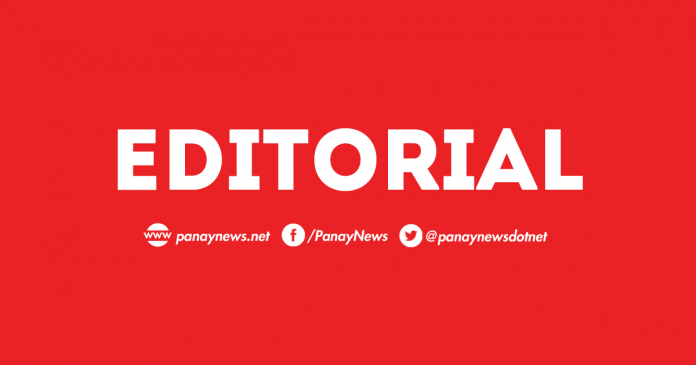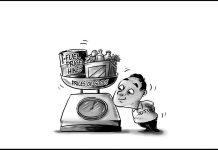
THE IMPORTANCE of having a robust, well-maintained blood reserve cannot be overstated — lives literally depend on it.
The monsoon season brings with it a spike in dengue cases, thus the demand for blood rises sharply. The Philippine Red Cross – Iloilo Chapter finds itself grappling with a depletion of its blood reserves. The seasonal surge in dengue has heightened the urgency for robust blood supplies, a vital component in treating severe cases of this mosquito-borne illness.
Last month alone, Red Cross-Iloilo released over 36 units of platelets to patients battling dengue, just a fraction of the broader demand for blood across various medical emergencies. Dr. Carlo Nolan Carrado, manager of the Western Visayas Regional Blood Center, noted that while they had collected 15,280 blood units by June, the daily requirements for blood are rapidly draining these reserves. To put it into perspective, in 2023 alone, the center collected 29,097 blood units, serving over 35,000 patients—numbers that demonstrate the scale of need for blood and the relentless demand that our healthcare providers face.
This situation is not unique to Iloilo or to this particular time of year, but the recurrence of dengue outbreaks during the rainy season brings a predictable yet somehow unprepared-for strain on our blood banks. It is a cyclical challenge that begs a strategic response, one that ensures our readiness to handle these predictable increases in demand.
Community involvement in regular blood donation drives cannot be underestimated. While the Red Cross-Iloilo conducts mobile blood donations and works tirelessly to encourage local government units and private organizations to organize bloodletting activities, there is a clear need for a more active, consistent approach to donor recruitment and retention. Promoting awareness about the importance of blood donation, especially before and during the peak dengue season, can help stabilize our blood supplies.
In a world that is increasingly data-driven, the Red Cross, hospitals and the Department of Health – even local government units – must also harness the power of information to forecast demand and mobilize resources efficiently. Enhancing all blood banks’ capability to predict periods of high demand, supported by historical data and current health trends, could prove to be a game-changer in managing the supply more effectively.
Everyone has a critical role to play in this life-saving chain. Whether as donors, advocates, or policymakers, collective action can ensure that no life is lost for want of blood. Let us strengthen our resolve and our blood reserves.







